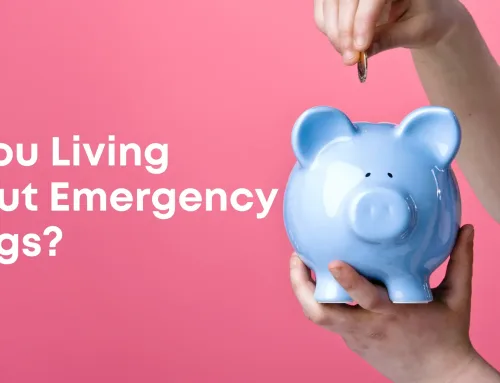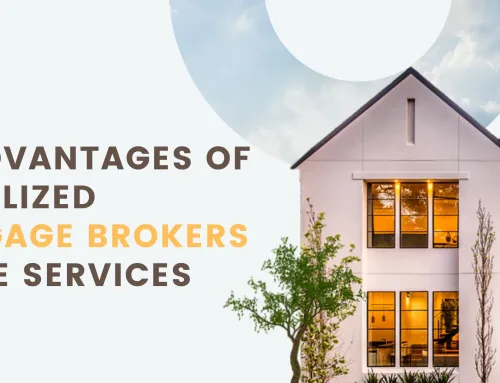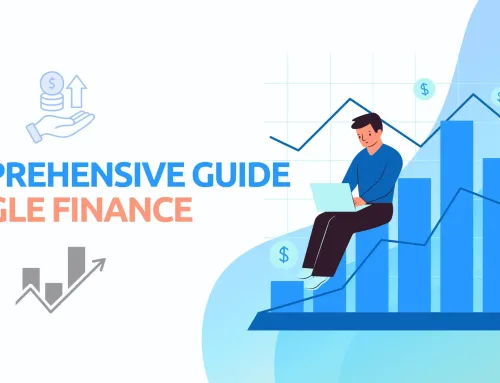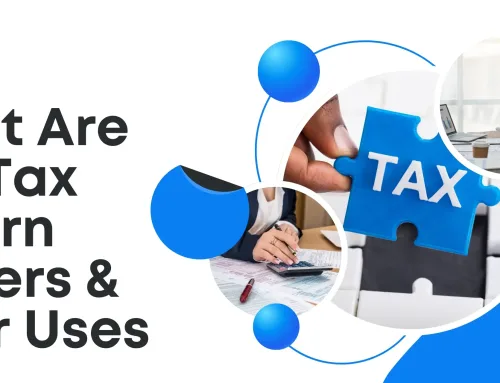Student Loans are a need for most U.S families, even applying for a Federal Loan may lead to asking for a Private Loan to fill the gap in the school’s cost of attendance.
Besides having Federal Student Loans, managed by the Department of Education in the U.S, or alternative loans.
You may also need to know more about the differences between subsidized and unsubsidized student loans. This topic will be quickly explained by car title loans in Houston professionals.
You can apply for a Federal Student Loan, where the U.S Department of Education will be your lender, whether you ask for a Subsidized or Unsubsidized loan depends on some aspects:
- Financial needs
- The accrued interest rate
- Whether you are an undergraduate or graduate student
- The amount of money you can borrow per year
When the time to ask for a Federal Student Loan arrives, there are certain aspects to take into account so you see whether you can apply for a subsidized or unsubsidized loan.
Both have similar interest rates or eligibility requirements, the difference is based on requirements regarding your economical situation, subsidized loans are granted based on financial needs, and you need to show financial need for your situation to be analyzed to confirm if you qualify for a subsidy.
Whereas for an unsubsidized loan, there is no need to show financial need. This works as a guide so people who cannot afford an unsubsidized loan can ask for a subsidized one.
However, as expected, both types of loans are repaid with interest, but giving an advantage to those who have subsidized loans: the Federal Government covers some of the interest payments, which saves you a lot of money.
Moreover, when you leave school, the Department of Education pays your interest during the six-month grace period.
This is the main difference because when having an unsubsidized student loan, you still pay for the interest after leaving school. You better pay attention to this, because if you do not pay the interest while at school or during the grace period, it accrues, which increases the amount to pay after all.
But, who is qualified to apply for a Federal Subsidized Loan and an Unsubsidized loan?
As the Government covers most of the interests, you need to follow certain requirements to apply for a Subsidized Loan.
As we have already said, financial needs are the first thing to prove, which means you are not able to pay for the Federal Loan without any help. What’s more, Subsidized Loans are only for undergraduate students, if you already have your degree, then you can get an Unsubsidized Federal Loan, no matter your economical situation.
Another thing to consider is the amount you can borrow, it also varies for both types of loan, while with a Subsidized Loan you can borrow no more than $3,500, and for an Unsubsidized Loan, you can get $5,500 per year.
All in all, when you apply for a Federal Student Loan, you should know there are some benefits on both, subsidized and unsubsidized loans. Whenever asking for a loan, you need to make sure about all terms and conditions, whether you have advantages or not.
You can apply for either a private or Federal loan as a student, for sure, for a Federal one you need to follow certain requirements: being a US citizen or resident, not owing a refund to any previous aid programs, and having satisfactory academic progress.
After considering applying for a Federal Student Loan, you can analyze your situation and see if you could benefit from a Subsidized Loan.







